Do you get tired easily when walking, always feel sore in the soles of your feet, and sometimes have knee discomfort? Don't think that it's just because you don't wear the right shoes. You may be quietly troubled by "flat feet".
In the past, judging whether it is flat feet often depends on the doctor's experience or naked eye observation. Today, the introduction of scientific and technological means, especially the plantar pressure distribution system, has made this seemingly simple but far-reaching problem more intuitive and accurate.
So, how does the plantar pressure distribution system help us identify flat feet? Let's take you to understand it today.
What is flat feet? Don't just look at footprints
The "flat feet" we often talk about refers to the collapse of the arch of the foot, which increases the area of the sole of the foot in contact with the ground, and the foot loses its natural elastic buffering structure. This not only affects the stability and comfort of walking, but may also involve the knee joint, hip and even lumbar spine, causing a chain reaction.
Traditional methods mainly rely on observing footprints, taking X-rays, or doctors touching the arch of the foot with their hands to judge, but these methods are sometimes affected by factors such as posture and subjective judgment. The plantar pressure distribution system is different. It speaks with data.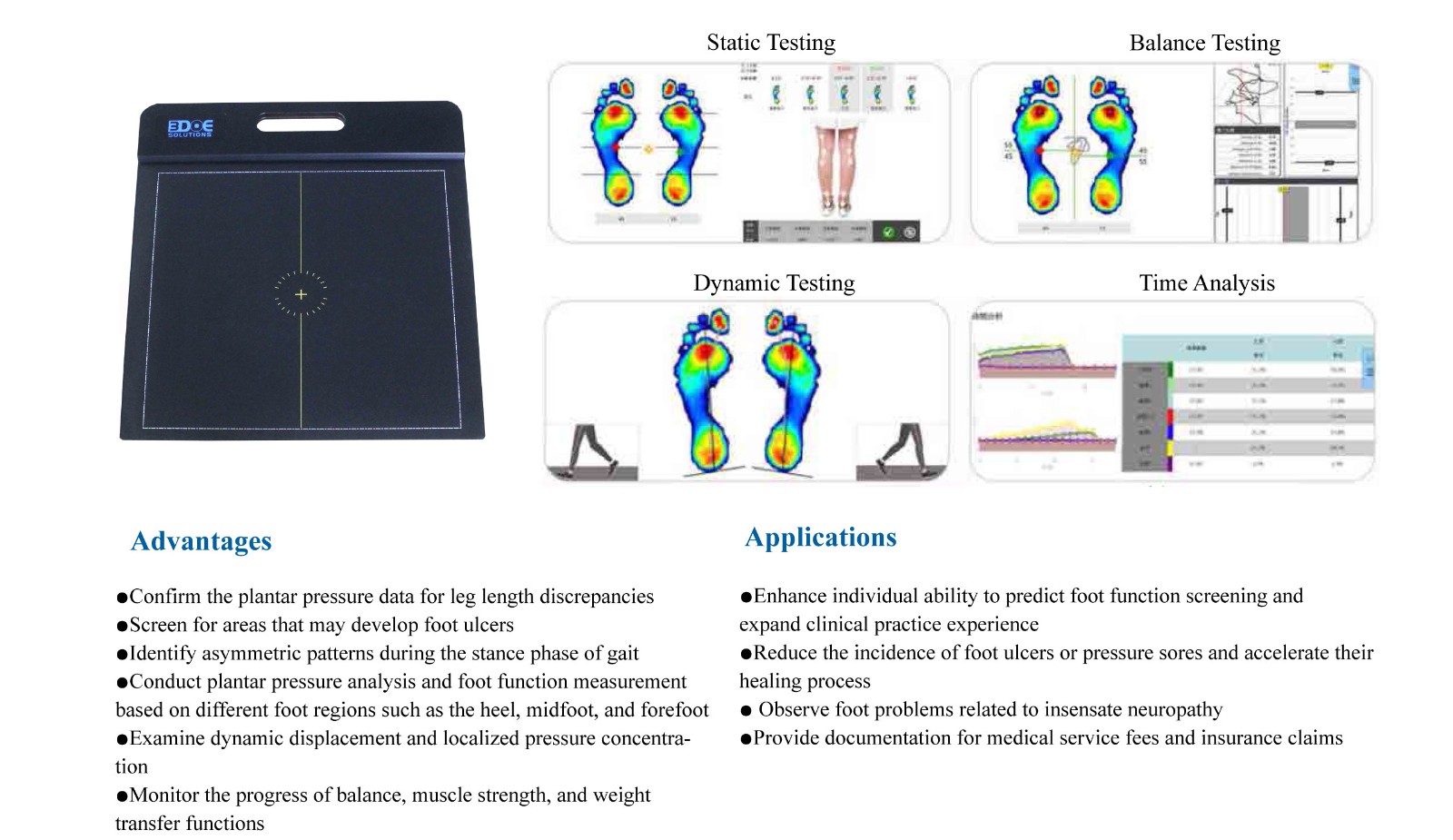
How does the plantar pressure distribution system see the "secrets of the soles of the feet"?
As the name suggests, this is a system that uses high-precision sensors to measure the pressure distribution when the soles of the feet are in contact with the ground. You only need to stand barefoot on the induction board, or walk naturally through the test mat, and the system will capture the pressure of each sole in real time and generate images and data reports.
For people with flat feet, the increase in the sole contact area and the abnormal pressure in the arch area are obvious characteristics.
Usually manifested as:
Excessive pressure in the midfoot area: Normal people should have obvious "blank" or low-pressure areas in the arch area, while flat feet will have solid high-pressure areas.
Force dispersion between the forefoot and the heel: The collapse of the arch causes the imbalance of the sole buffer structure, and the overall pressure cannot be transmitted normally.
Left and right foot force line deviation: The center of gravity collapses inward, which is easy to cause abnormal gait, and over time may cause problems such as inward knee buckling and walking with outward feet.
Through these clear and visible images, even non-professionals can see at a glance "what's wrong".
It can not only identify problems, but also tailor solutions
Identification is only the first step. The biggest advantage of the plantar pressure system is that it can provide accurate guidance for the next step of intervention.
For example:
Whether to customize arch support insoles
Which area should the support focus be placed on
How to adjust the force and center of gravity when walking
These conclusions can be drawn based on plantar pressure data, rather than guesswork or trial and error.
For key groups such as children, athletes, and the elderly, regular pressure tests can not only detect potential problems early, but also avoid long-term effects of structural changes on the body.

 +86-0755-86131192
+86-0755-86131192 2025-06-06
2025-06-06 Back to list
Back to list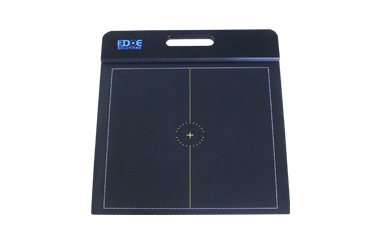
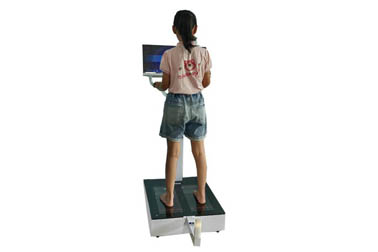
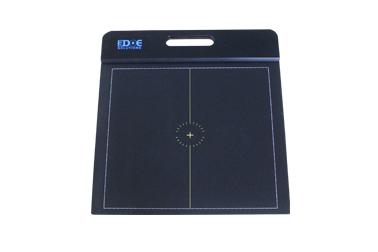
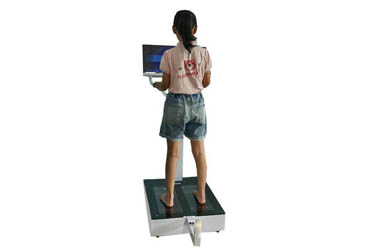





 +86-0755-86131192
+86-0755-86131192